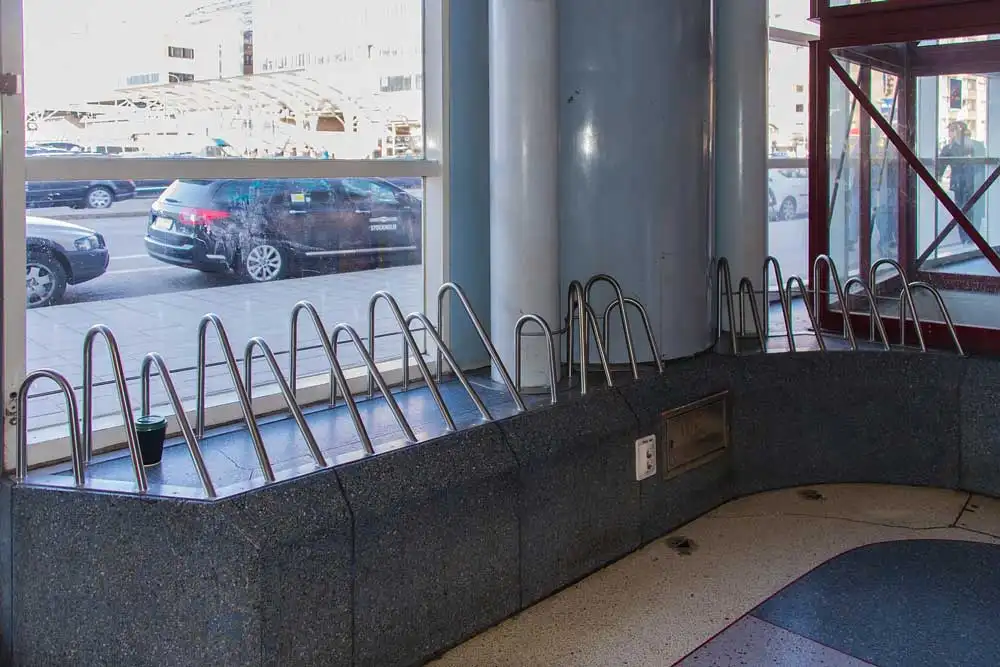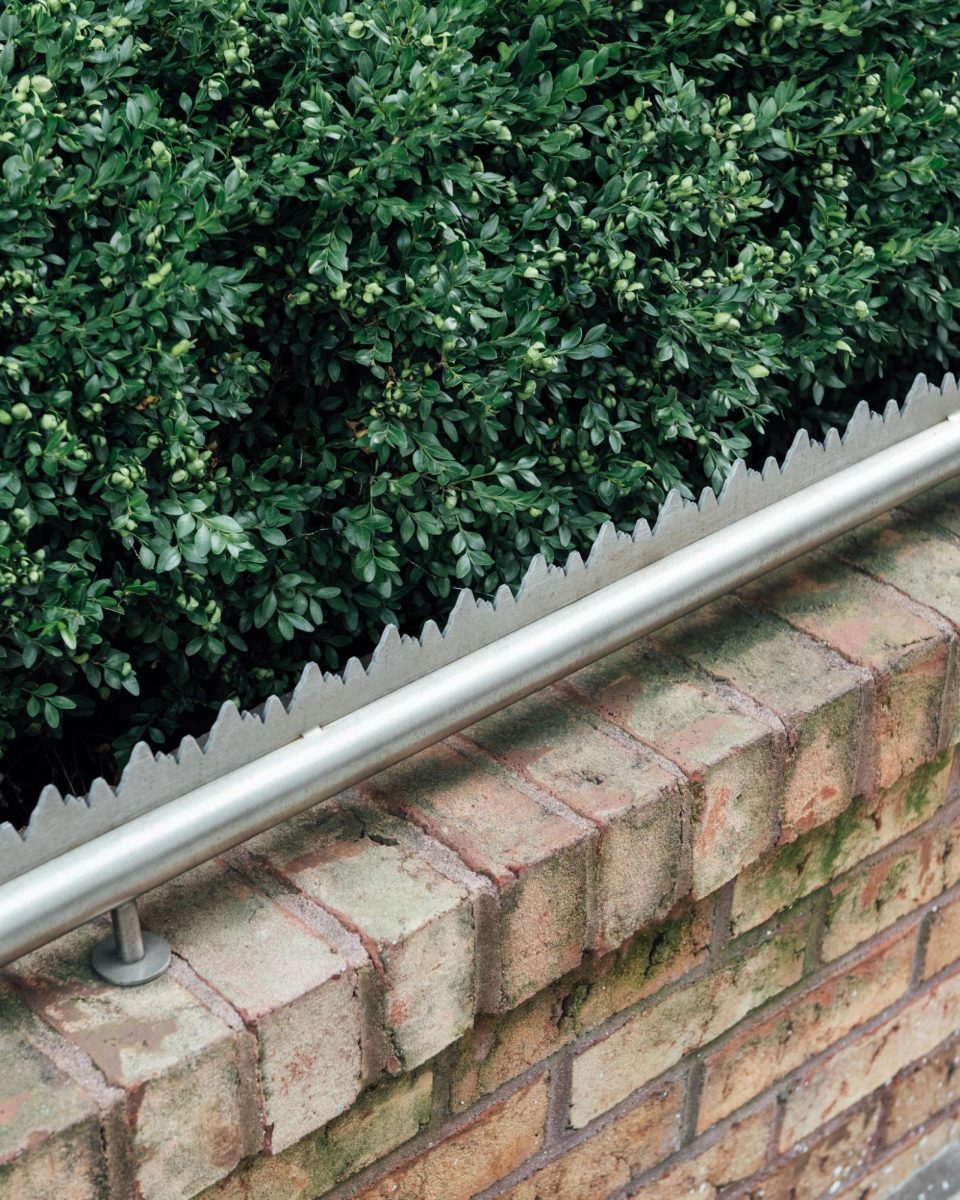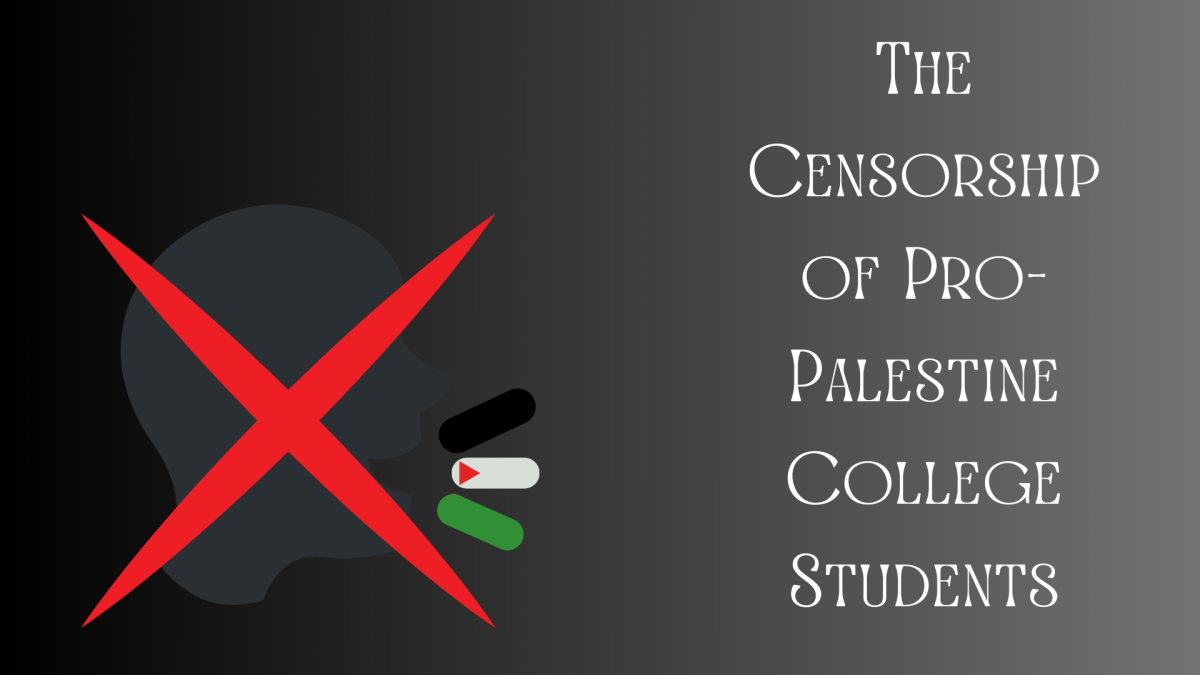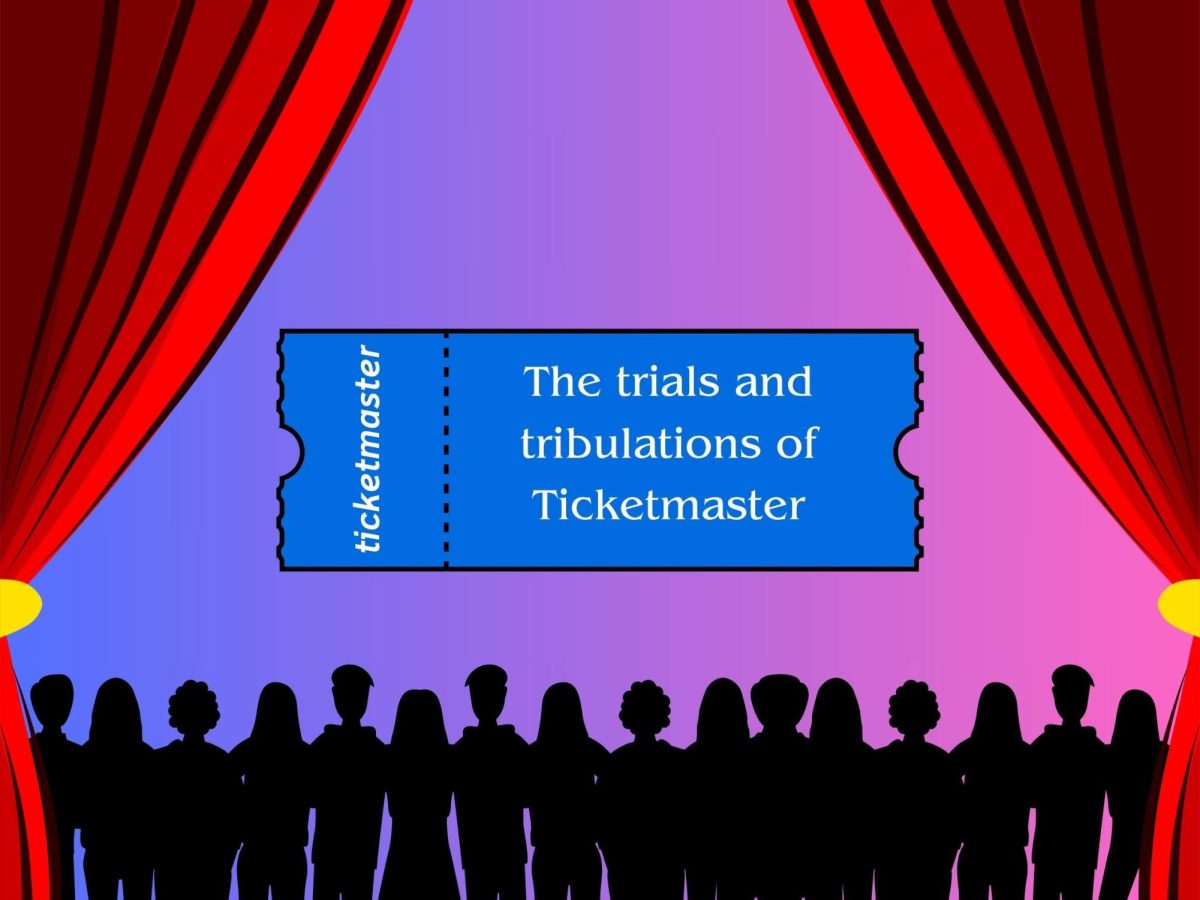Riddled around cities, facilities and spaces have become a place to showcase innovative urban design. With features appearing to cater to the public, city designers have implemented certain aspects with the purpose of restricting or altering behavior, known as hostile architecture. This type of urban strategy has increasingly targeted the unhoused with efforts to eliminate public spaces that they rely on for resting and lounging. Hostile architecture should not stand as a solution for addressing the homeless population in cities. Cities that implement hostile designs ignore the root of homelessness, further dehumanizing homeless individuals.
Although arguments may point to hostile architecture’s benefits by using it to limit the destruction to property, the use of this architectural design holds a history of racial segregation and continues to target marginalized groups. Research from Yale Law Journal explains how hostile architecture had separated historically white neighborhoods from historically Black neighborhoods and furthermore, worked to separate the wealthy communities from poorer ones. Hostile architecture’s history of separation works to restrict marginalized populations who rely on public facilities and further perpetuate the social divisions between the homeless and the wealthy.
“I believe that unfriendly architecture exacerbates the gap between the housed and unhoused by erecting physical barriers that reinforce societal differences. It’s terrible to observe how these policies not only restrict homeless people from public settings but also foster an ’us versus them’ mentality in our communities,” magnet senior Isabel Baxter said.
Hostile architecture only works to displace the homeless away from public areas which can lead to them seeking shelter in places that pose greater risks to their safety. The unhoused, who already lack basic services, can no longer access the city centers and support services concentrated in cities. This design treats poverty-stricken populations as pests, removing their appearance all around the city and pushing them away from using public amenities. Hostile architecture ignores the need for support homeless individuals need such as providing services and solutions that help them transition out of homelessness.
This hostile design lacks the compassionate nature of humans to help people in need and contributes to dehumanizing the unhoused. Hostile designs ensure that only the housed can access and use public spaces, stopping public spaces from holding the reputation of accessibility to every individual. Installing uncomfortable seating and built-in barriers restricts the ability of the homeless to freely use public areas. Hostile architecture removes the right of the unhoused to remain in public life and spaces. Furthermore, intentionally designing features that make surfaces uncomfortable and difficult enlists cruel treatment of homeless people, enforcing the idea that the unhoused do not deserve comfort and sanctuary.
Hostile architecture offers only an inhumane, short-term solution that works to remove the unhoused from the public’s sight. Support systems, such as mental health counseling and substance abuse treatment can provide a long-term solution that addresses the underlying challenges that act as barriers for stability. Affordable housing provides a sustained solution for ensuring safe shelter for vulnerable individuals.
“Providing more affordable housing and support services, like mental healthcare and job training, can help homeless individuals get back on their feet. Also, promoting community understanding and empathy can encourage everyone to work together to tackle homelessness in a caring way,” magnet senior Sola Idiaghe said.
















